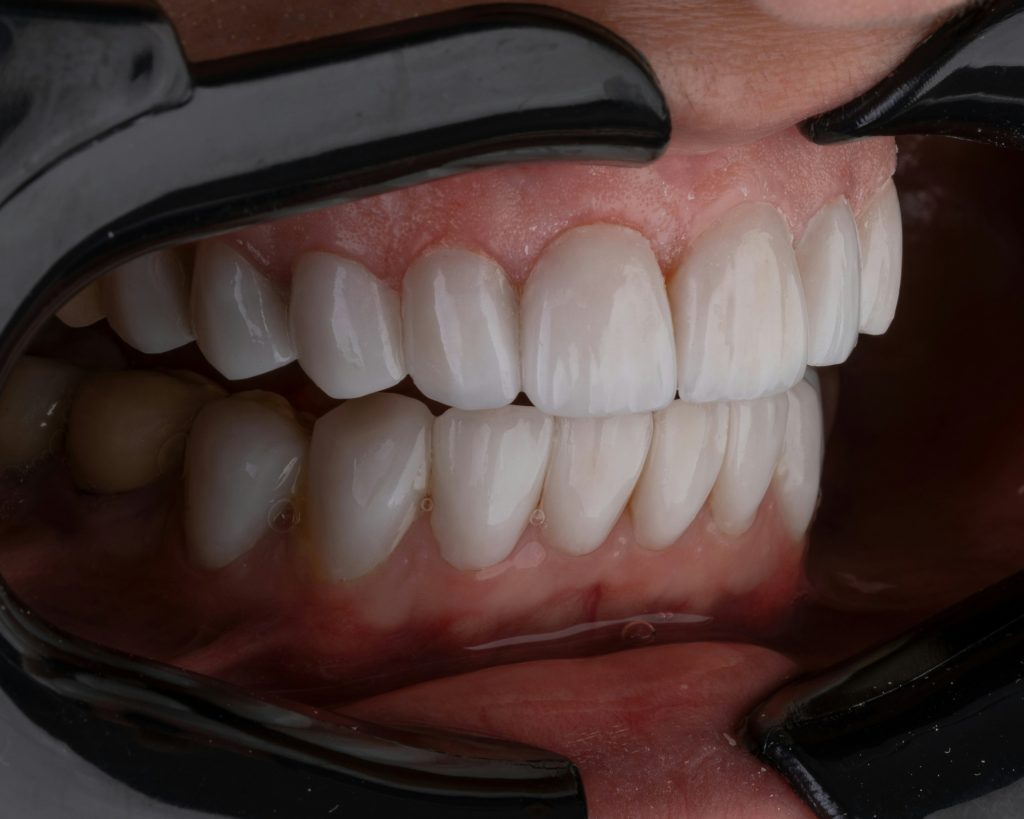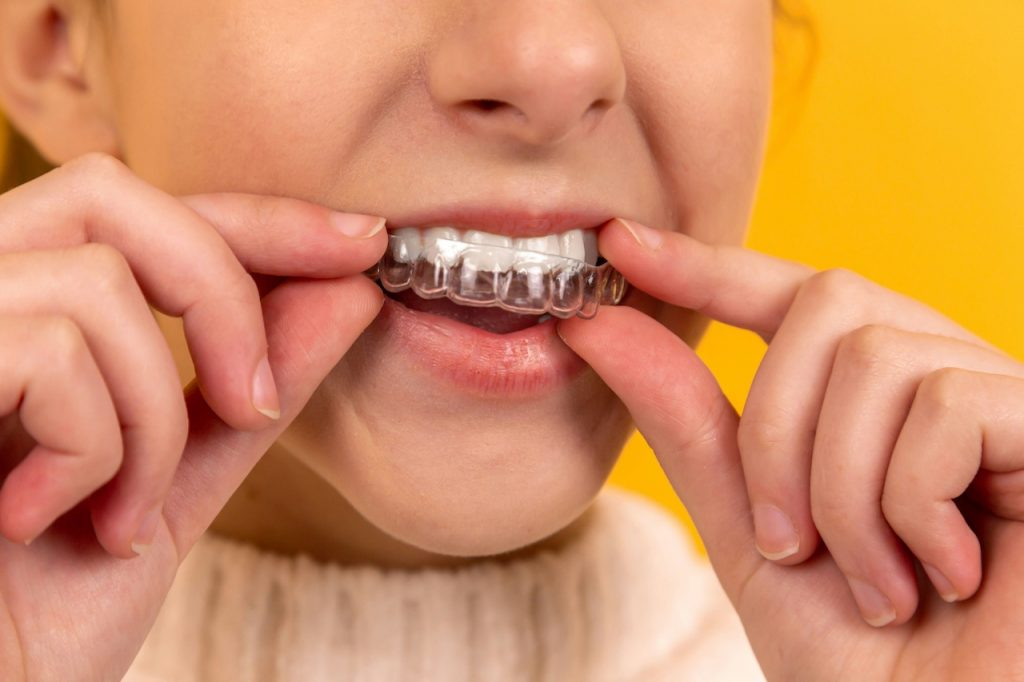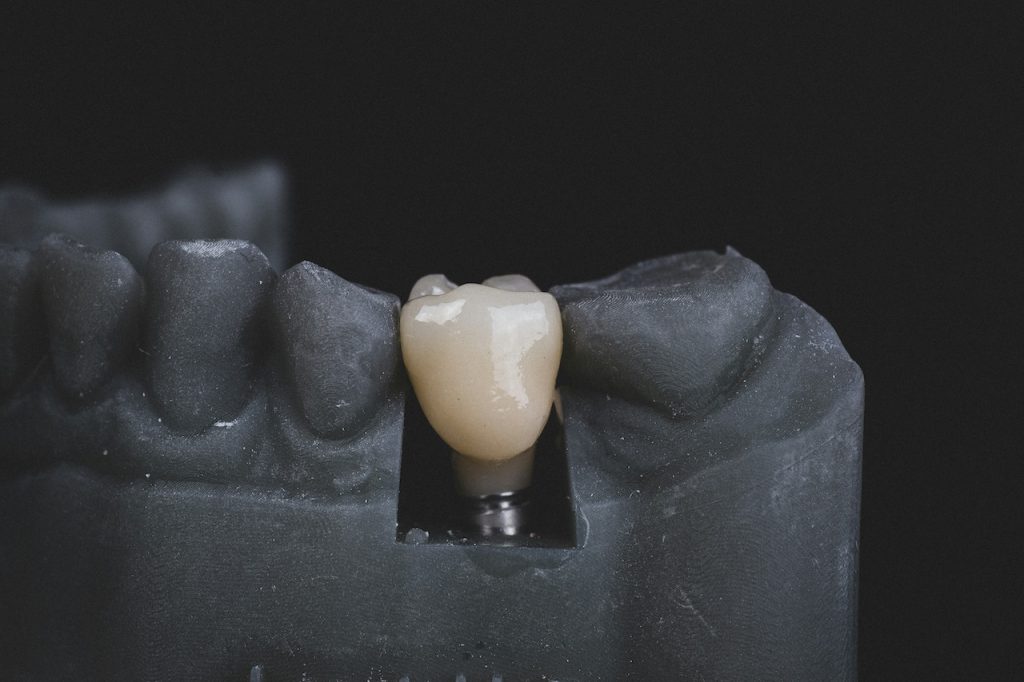For individuals with diabetes, maintaining oral health is crucial. Professional teeth cleanings help control gum disease, which can affect blood sugar levels. Regular dental visits can improve diabetes management by preventing periodontal disease and other infections. This synergy between oral care and diabetes control highlights the importance of regular professional cleanings.
How Diabetes Affects Oral Health
Diabetes can reduce the body’s ability to fight infection, increasing the risk of gum disease. High blood sugar levels can lead to more glucose in the saliva, providing food for bacteria and causing plaque buildup. This can result in gum inflammation, infections, and slower healing times. Source: Oral Health and Diabetes
Benefits of Professional Cleanings
Regular cleanings remove plaque and tartar that brushing and flossing miss. This is vital for diabetes patients, who are more prone to gum disease. Cleanings can prevent periodontal disease, which can worsen blood sugar control. By reducing bacteria and inflammation, professional cleanings help maintain better overall health.
Additionally, professional cleanings provide an opportunity for dentists to monitor oral health closely and catch any signs of complications early. Dentists can also provide personalized advice on maintaining oral hygiene at home, tailored to the needs of diabetes patients. Source: Importance of Professional Teeth Cleaning
Preventing Oral Health Issues with Diabetes
Good oral hygiene practices are essential for preventing dental problems in diabetes patients. This includes brushing at least twice a day, flossing daily, and using an antiseptic mouthwash. Regular dental visits are crucial for early detection and management of oral health issues. Dentists can also recommend fluoride treatments and other preventative measures to protect against tooth decay and gum disease. Source: Preventative Dental Care for Diabetes Patients
The Impact of Gum Disease on Blood Sugar Control
Gum disease can make it harder to control blood sugar levels. Inflammation and infection in the gums can cause insulin resistance, leading to higher blood sugar levels. By preventing gum disease through regular cleanings and good oral hygiene, diabetes patients can achieve better blood sugar control and reduce the risk of complications. Source: Gum Disease and Blood Sugar Levels
For personalized advice and comprehensive dental care, visit Dr. Hank Barreto’s website to learn more and schedule an appointment.










